Home>diy>Planning & Engineering>What Is A Green Landscape Architect
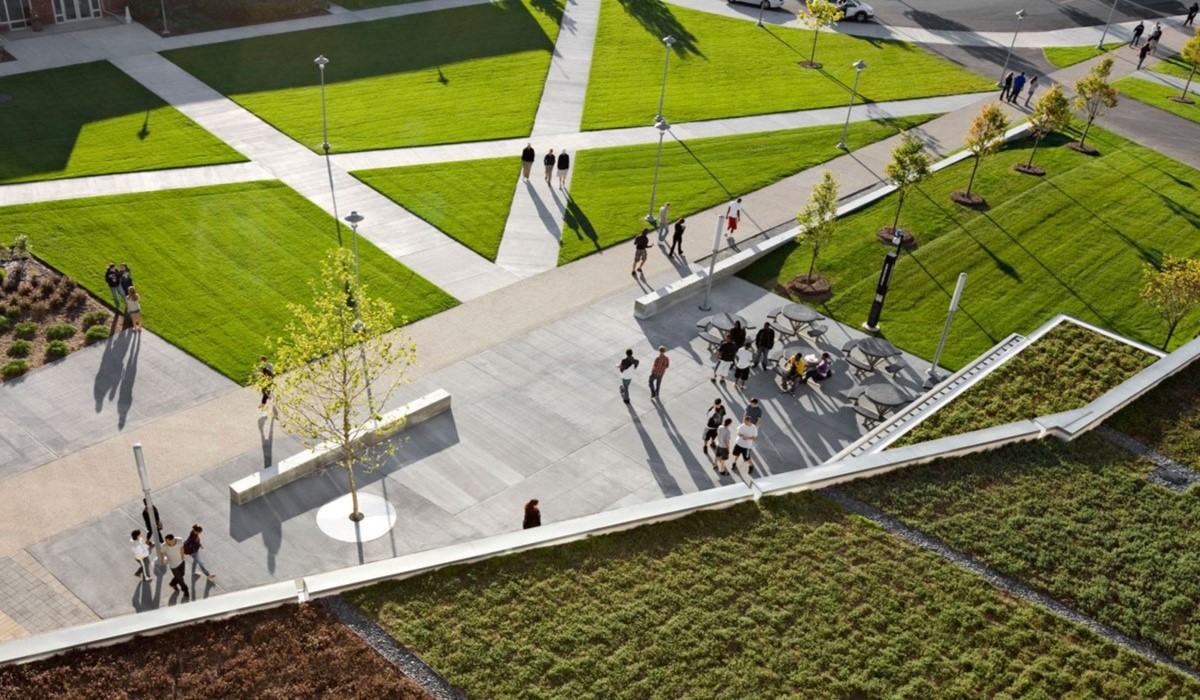

Planning & Engineering
What Is A Green Landscape Architect
Modified: December 7, 2023
Discover the role of a green landscape architect in planning and engineering sustainable environments. Learn how they design and implement eco-friendly solutions for landscaping projects.
(Many of the links in this article redirect to a specific reviewed product. Your purchase of these products through affiliate links helps to generate commission for Storables.com, at no extra cost. Learn more)
Introduction
Welcome to the world of green landscape architecture, where the harmony of nature and human ingenuity unite to create sustainable and beautiful outdoor spaces. In an era defined by environmental consciousness, the role of a green landscape architect has gained utmost significance. These professionals are skilled in designing and planning landscapes that not only enhance the aesthetic appeal but also promote environmental stewardship and ecological balance.
A green landscape architect is a specialist in creating outdoor environments that prioritize sustainability, conservation, and the use of eco-friendly practices. They are responsible for developing designs that make efficient use of resources, reduce negative environmental impacts, and enhance the well-being of both humans and the natural world.
This article will delve into the fascinating world of green landscape architecture, exploring the role and responsibilities of these professionals, the skills and qualifications required, the benefits of hiring a green landscape architect, sustainable design principles, case studies of successful projects, challenges and limitations, and future trends in this field.
Whether you are a homeowner, developer, or public official, understanding the importance and potential of green landscape architecture will empower you to make informed decisions that contribute to a greener and more sustainable future.
Key Takeaways:
- Green landscape architects prioritize ecological balance, resource conservation, and community well-being, shaping the future of sustainable outdoor spaces.
- Sustainable design principles, innovative technologies, and community engagement drive the evolution of green landscape architecture towards a more resilient and harmonious built environment.
Definition of a Green Landscape Architect
A green landscape architect is a specialized professional who combines the principles of landscape design with a deep understanding of environmental sustainability. They are experts in creating outdoor spaces that not only enhance the visual appeal but also prioritize ecological balance, resource conservation, and the well-being of both humans and the natural environment.
Unlike traditional landscape architects who may focus primarily on aesthetics and functionality, green landscape architects go a step further by integrating sustainable practices into their designs. They analyze the environmental impact of their projects and seek innovative solutions to reduce waste, conserve energy, and promote biodiversity.
At the core of a green landscape architect”s work is the desire to create spaces that harmonize with the natural surroundings. They strive to minimize the negative impacts of development and maximize the benefits of green spaces for both humans and the ecosystem. By incorporating elements such as native plants, rainwater harvesting systems, and renewable energy sources, they contribute to the overall sustainability of their projects.
Green landscape architects collaborate with other professionals, such as architects, engineers, and urban planners, to ensure that the built environment aligns with the principles of sustainable development. They play a crucial role in shaping the future of our cities and communities by designing outdoor spaces that promote resilience, mitigate climate change, and enhance the quality of life for residents.
In summary, a green landscape architect is a visionary professional who combines their expertise in landscape design with an unwavering commitment to environmental stewardship. They are dedicated to creating outdoor spaces that not only captivate the senses but also demonstrate a deep respect for the natural world and its interconnectedness with human life.
Role and Responsibilities of a Green Landscape Architect
A green landscape architect plays a crucial role in shaping the design and development of outdoor spaces with a strong emphasis on ecological sustainability. Their responsibilities encompass a wide range of tasks that require expertise in design, environmental planning, and project management. Here are some key roles and responsibilities of a green landscape architect:
- Site Analysis and Planning: One of the primary responsibilities of a green landscape architect is to conduct a thorough analysis of the site. They assess the environmental factors, such as soil quality, topography, and existing vegetation, to determine the best strategies for sustainable design. They also consider local climate conditions and incorporate measures to mitigate the impact of climate change.
- Sustainable Design Development: Green landscape architects are skilled in developing sustainable design concepts that integrate environmental, social, and economic factors. They incorporate elements such as native plantings, green infrastructure, water conservation measures, and renewable energy systems to minimize the environmental impact of the project and promote long-term sustainability.
- Collaboration and Coordination: Green landscape architects collaborate with other professionals, including architects, engineers, and urban planners, to ensure that the design aligns with sustainability goals. They communicate and coordinate with stakeholders, such as clients, contractors, and regulatory agencies, to ensure the successful implementation of sustainable design strategies.
- Ecological Restoration: Green landscape architects are responsible for designing outdoor spaces that not only look beautiful but also contribute to the restoration of ecosystems. They incorporate strategies such as habitat creation, stormwater management, and the use of native plant species to enhance biodiversity and restore natural habitats.
- Environmental Impact Assessment: As stewards of the environment, green landscape architects analyze the environmental impact of their projects. They conduct environmental assessments to identify potential risks and develop mitigation strategies. By considering factors such as carbon footprint, water usage, and waste management, they aim to minimize the ecological and carbon footprint of the project.
- Advocacy and Education: Green landscape architects are often involved in advocating for sustainable design practices and educating the public about the benefits of green landscapes. They participate in community engagement initiatives, conduct workshops, and promote awareness about sustainable design principles.
In summary, the role of a green landscape architect extends far beyond designing attractive outdoor spaces. They are responsible for integrating sustainable design principles, conducting environmental assessments, collaborating with professionals, restoring ecosystems, and advocating for sustainable practices. Their expertise and commitment to environmental stewardship make them valuable contributors to the development of greener and more sustainable communities.
Skills and Qualifications Required
Being a green landscape architect requires a unique combination of skills and qualifications that blend artistic creativity with scientific knowledge and environmental consciousness. Here are some essential skills and qualifications necessary to excel in this field:
- Design and Artistic Skills: A green landscape architect should have a strong foundation in landscape design principles and possess artistic skills to create visually appealing outdoor spaces. They should be able to translate concepts into detailed plans and sketches, demonstrating their creativity and understanding of spatial arrangements.
- Environmental Knowledge: Understanding the principles of ecology, biodiversity, and environmental sustainability is crucial for a green landscape architect. They should have a deep appreciation for natural systems and be able to incorporate sustainable practices into their designs.
- Technical Competence: Green landscape architects must possess technical skills in areas such as site analysis, land grading, stormwater management, and irrigation systems. They should have knowledge of relevant software and tools used for landscape design and project management.
- Knowledge of Plant Materials: A comprehensive understanding of plant materials, including native species and their requirements, is essential for creating sustainable landscapes. Green landscape architects should have knowledge of plant selection, planting techniques, and the ability to create plant palettes that promote ecological balance and reduce water consumption.
- Project Management: Effective project management skills are necessary for green landscape architects to successfully execute their designs. They should be able to develop project timelines, manage budgets, and coordinate with various stakeholders throughout the entire project lifecycle.
- Communication and Collaboration: Green landscape architects need strong communication and collaboration skills. They must effectively communicate their design concepts, collaborate with team members and clients, and coordinate with contractors and regulatory agencies. Excellent interpersonal skills are crucial in building relationships and gaining support for sustainable design initiatives.
- Environmental Regulations and Codes: Green landscape architects should have thorough knowledge of environmental regulations, zoning codes, and building ordinances related to landscaping and sustainable design. Compliance with these guidelines ensures that the projects align with legal requirements and industry standards.
- Continual Learning: As the field of sustainable design evolves, green landscape architects must have a commitment to ongoing learning and staying updated with the latest industry trends, research advancements, and technologies. They should be open to adopting new practices and integrating innovative solutions into their designs.
While formal education in landscape architecture or a related field provides the foundational knowledge, practical experience and a passion for sustainability are equally valuable assets for a green landscape architect. A combination of these skills and qualifications will enable professionals to meet the challenges of designing and implementing sustainable landscapes.
Benefits of Hiring a Green Landscape Architect
Hiring a green landscape architect brings numerous benefits to any project, whether it’s a residential garden, a commercial development, or a public space. These professionals offer expertise in sustainable design practices and can help create outdoor environments that are visually appealing, environmentally friendly, and socially responsible. Here are some key benefits of hiring a green landscape architect:
- Sustainable Design: Green landscape architects are trained to incorporate sustainable design principles into their projects. They prioritize resource conservation, energy efficiency, and the use of eco-friendly materials and practices. By maximizing the site’s potential while minimizing its environmental impact, they create landscapes that are in harmony with nature and reduce carbon footprint.
- Enhanced Ecological Balance: Green landscape architects have a deep understanding of the local ecology and can design landscapes that promote biodiversity and enhance ecosystem services. They incorporate native plants, create habitat for wildlife, and employ water conservation strategies to preserve natural resources. The result is a thriving ecosystem that supports local flora and fauna.
- Improved Water Management: Water conservation is a critical aspect of sustainable design, and green landscape architects excel in implementing water management strategies. They create rainwater harvesting systems, design efficient irrigation systems, and minimize stormwater runoff, reducing strain on local water resources and promoting water sustainability.
- Health and Well-being: Green landscapes have a positive impact on human health and well-being. Green landscape architects prioritize the incorporation of elements such as green spaces, walking paths, and recreational areas that encourage physical activity and promote mental well-being. Studies have shown that exposure to nature and green spaces improves overall health and reduces stress.
- Increased Property Value: Well-designed and well-maintained landscapes have been proven to increase property value. Green landscape architects have the expertise to create outdoor spaces that not only enhance the visual appeal of a property but also provide added functionality and sustainable features. These landscapes attract potential buyers or tenants who value sustainability and a connection with nature.
- Regulatory Compliance: Building codes and regulations increasingly require sustainable design practices to be implemented. Hiring a green landscape architect ensures that your project complies with these regulations and avoids any legal hurdles or penalties. They are knowledgeable about environmental codes and can guide you through the permitting and approval processes.
- Long-term Cost Savings: While the initial investment in hiring a green landscape architect may be higher, the long-term cost savings are significant. Sustainable design practices minimize water and energy usage, reducing operational costs over time. Additionally, the use of native plants and low-maintenance landscaping strategies can lead to reduced maintenance expenses in the long run.
Ultimately, hiring a green landscape architect goes beyond aesthetics and contributes to a more sustainable, resilient, and enjoyable environment. Their expertise in sustainable design, ecological balance, and energy efficiency ensures that your outdoor spaces align with your environmental values and contribute positively to both the immediate community and the larger ecosystem.
A green landscape architect specializes in designing outdoor spaces that prioritize sustainability, using techniques such as native plantings, water conservation, and eco-friendly materials.
Sustainable Design Principles in Green Landscape Architecture
Green landscape architecture is centered around sustainable design principles that aim to minimize the environmental impact of outdoor spaces while maximizing their benefits for both people and the planet. By incorporating these principles into their projects, green landscape architects create landscapes that are in harmony with nature and promote long-term sustainability. Here are some key sustainable design principles in green landscape architecture:
- Site Analysis and Planning: Understanding the unique characteristics of the site is crucial for sustainable design. Green landscape architects conduct site analysis to assess factors such as soil quality, topography, climate, and existing ecosystems. This information informs the design process and allows for the selection of appropriate plant species, water management strategies, and energy-efficient solutions.
- Water Conservation: Efficient water management is integral to sustainable design. Green landscape architects employ strategies such as rainwater harvesting systems, permeable pavements, and efficient irrigation methods to reduce water consumption and minimize runoff. These practices help conserve water resources, mitigate the risk of flooding, and support healthy plant growth.
- Native Plant Selection: Native plants are well-adapted to the local environment and require less water, fertilizer, and maintenance compared to non-native species. Green landscape architects prioritize the use of native plants in their designs, as they enhance biodiversity, support local ecosystems, and reduce the need for excessive watering and chemical inputs.
- Energy Efficiency: Green landscape architects incorporate energy-efficient solutions into their designs. They consider factors such as solar orientation, shade provision, and wind patterns to optimize energy use and reduce the demand for heating, cooling, and artificial lighting. They may also integrate renewable energy sources, such as solar panels or wind turbines, to further reduce environmental impact.
- Green Infrastructure: Green infrastructure refers to integrating natural elements such as green roofs, bioswales, and permeable surfaces into the design. Green landscape architects incorporate these features to manage stormwater runoff, improve air quality, mitigate urban heat islands, and provide habitat for wildlife. Green infrastructure enhances the overall resilience and sustainability of the landscape.
- Ecological Restoration: Many green landscape architects prioritize ecological restoration by rehabilitating degraded landscapes and restoring natural habitats. They employ strategies such as wetland creation, reforestation, and habitat enhancement to restore biodiversity, improve water quality, and provide ecosystem services.
- Community Engagement: In green landscape architecture, community engagement plays a vital role. Green landscape architects involve stakeholders, such as residents, local organizations, and government entities, in the design process. Including the community in decision-making fosters a sense of ownership, enhances awareness of sustainable practices, and ensures that the design aligns with the needs and values of the people who will use the space.
By incorporating these sustainable design principles, green landscape architects create outdoor spaces that are not only visually appealing but also sustainable, resilient, and beneficial to the environment and the community. Their emphasis on ecological balance, water conservation, energy efficiency, native plants, and community engagement sets the foundation for a greener and more sustainable future.
Case Studies of Successful Green Landscape Architecture Projects
Several successful green landscape architecture projects have showcased the power of sustainable design in creating beautiful and environmentally friendly outdoor spaces. These case studies demonstrate the positive impact of incorporating sustainable practices into landscape architecture. Here are a few notable examples:
- The High Line, New York City, USA: The High Line is an elevated park built on a historic freight rail line on Manhattan”s West Side. Designed by landscape architecture firm James Corner Field Operations, this project transformed an abandoned structure into a vibrant green space. Sustainable design principles were key in this project, with native plantings, efficient irrigation systems, and the adaptation of existing rail infrastructure to ignite the growth of a diverse ecological habitat. Today, the High Line serves as a model for urban green spaces that prioritize sustainability and community engagement.
- Eden Project, Cornwall, United Kingdom: The Eden Project is a world-renowned ecological attraction in Cornwall, UK. Designed by landscape architect Nicholas Grimshaw, the project features a cluster of large geodesic domes known as biomes that house various plant species from different climates. The project incorporates sustainable building techniques, renewable energy sources, and water recycling systems. The Eden Project serves as a global exemplar of green architecture and demonstrates how sustainable design can create educational and recreational spaces that celebrate biodiversity and encourage environmental awareness.
- Bosco Verticale, Milan, Italy: Bosco Verticale, or “Vertical Forest,” is a pair of residential towers in Milan designed by Stefano Boeri Architetti. The towers are covered by more than 900 trees and 20,000 plants, creating an innovative model for urban reforestation and green building. The project maximizes green space, reduces energy consumption, and improves air quality in an urban setting. Bosco Verticale showcases the potential of integrating vegetation into high-rise buildings, serving as an inspiration for sustainable urban development.
- Tianjin Qiaoyuan Park, Tianjin, China: Tianjin Qiaoyuan Park, designed by Turenscape Landscape Architecture, is an urban park that showcases sustainable design and ecological restoration. The park transformed a neglected industrial site into a vibrant green oasis. Through measures such as wetland creation, water filtration systems, and native plantings, the project improved water quality, enhanced biodiversity, and revitalized the surrounding community. Tianjin Qiaoyuan Park serves as a successful example of the role landscape architecture plays in urban environmental regeneration.
- The Olympic Park, London, United Kingdom: The Olympic Park in London, designed by LDA Design, showcased sustainable design principles during the 2012 Olympic Games. The park adopted a water management strategy that utilized rainwater harvesting and wetland creation to manage stormwater runoff. Native plantings were incorporated throughout the park, providing habitat for wildlife and enhancing biodiversity. The sustainable design features of the Olympic Park contributed to its legacy as a sustainable, post-Games neighborhood and a model for future urban developments.
These case studies illustrate how green landscape architecture can transform abandoned spaces, regenerate urban environments, and harmonize human activities with nature. By embracing sustainable design principles and integrating them into large-scale projects, these landscapes serve as inspiration for future developments that prioritize environmental stewardship and community engagement.
Challenges and Limitations in Green Landscape Architecture
While green landscape architecture offers numerous benefits and opportunities, there are also challenges and limitations that professionals in this field must navigate. Understanding these challenges is crucial for creating effective and sustainable designs. Here are some key challenges and limitations in green landscape architecture:
- Budget Constraints: Implementing sustainable design practices can come with a higher price tag, especially in the initial stages. The use of eco-friendly materials, energy-efficient systems, and native plant species can sometimes require additional investment. Balancing sustainability goals with budget constraints can be challenging, but creative solutions and long-term cost-benefit analysis can help mitigate this limitation.
- Regulatory Hurdles: Green landscape architects often face regulatory barriers and restrictions that can hinder the implementation of sustainable design elements. Outdated codes, zoning regulations, and permit requirements may not align with the innovative sustainable practices being employed. Collaborating with regulatory agencies and advocating for sustainable design policies can help overcome these challenges.
- Limited Availability of Native Plant Species: While using native plant species is an integral part of sustainable design, their availability can sometimes be limited. Nurseries may have a limited selection of native plants, making it challenging to source them in large quantities. This limitation emphasizes the importance of cultivating native plant nurseries and increasing awareness and demand for native species.
- Long-term Maintenance: Green landscapes require ongoing maintenance and care to preserve their sustainability. This can include regular irrigation, pruning, and management of pests or diseases. The long-term maintenance costs and efforts should be considered during the design stage to ensure that the project remains sustainable and viable over time.
- Resistance to Change: Implementing sustainable design practices often requires a shift in mindset and practices. Some clients, developers, or stakeholders may be resistant to change and not fully understand or appreciate the value of sustainable design. Overcoming this resistance requires education, demonstration of the benefits, and showing real-world examples of successful green landscape architecture projects.
- Limitations of Urban Environments: Designing green landscapes in urban environments poses unique challenges. Limited space, contaminated soil, and a lack of natural ecosystems can present obstacles to creating robust and diverse green spaces. However, innovative techniques such as green roofs, vertical gardens, and urban agriculture can help overcome these limitations and bring nature back to urban settings.
- Climate Change Impacts: The increasing impacts of climate change, such as extreme weather events and changing precipitation patterns, pose challenges to green landscape architecture. Designing resilient landscapes that can withstand these challenges can be complex and require adaptation strategies. Emphasizing flexible designs, water management solutions, and resilient plant selections can help address these climate change-related challenges.
Despite these challenges and limitations, green landscape architecture continues to evolve and thrive, driven by the pressing need for sustainable and resilient outdoor spaces. Through ongoing research, collaboration, and innovative design approaches, these challenges can be overcome, and sustainable landscapes can become the norm in our built environment.
Future Trends in Green Landscape Architecture
The field of green landscape architecture is continuously evolving as society becomes more aware of the importance of sustainability and environmental stewardship. Emerging trends indicate the direction in which the industry is moving, with a focus on innovative approaches and technologies. Here are some future trends that are shaping the landscape of green landscape architecture:
- Climate Responsive Design: With the increasing impacts of climate change, there is a growing emphasis on climate responsive design in landscape architecture. This involves incorporating design elements that can adapt to changing weather patterns, mitigate the urban heat island effect, manage stormwater efficiently, and promote resilience in the face of climate challenges.
- Green Infrastructure Expansion: Green infrastructure will continue to play a crucial role in sustainable development. This includes the integration of green roofs, green walls, rain gardens, bioswales, and permeable pavements into urban landscapes to capture and filter stormwater, improve air quality, and enhance biodiversity. Green infrastructure will become more mainstream as cities prioritize sustainable water management and environmental restoration.
- Nature-Based Solutions: Nature-based solutions harness the power of ecosystems to address environmental and social challenges. Green landscape architects will increasingly incorporate these solutions into their designs, creating landscapes that not only provide aesthetic value but also deliver ecosystem services such as water purification, carbon sequestration, and flood prevention.
- Wellness and Biophilic Design: The recognition of the positive impact of nature on human health and well-being is driving the adoption of wellness and biophilic design principles. Green landscape architects will focus on creating spaces that promote physical activity, reduce stress, and improve mental health. Integrating natural elements, access to daylight, and pleasant views of greenery will become standard practices for enhancing the well-being of individuals in outdoor environments.
- Smart Technology Integration: The integration of smart technology into green landscape architecture will enable more efficient resource management and monitoring. Smart irrigation systems, sensor-controlled lighting, and real-time data analytics will optimize water and energy usage, reduce maintenance costs, and improve overall sustainability performance. Technologies such as drones and 3D modeling will also transform the way designs are conceptualized, implemented, and monitored.
- Community Engagement and Participation: The importance of community engagement in the planning and design process will continue to grow. Green landscape architects will involve communities, stakeholders, and end-users in decision-making, ensuring that their designs meet the needs and aspirations of the people who will use and live in the spaces. Participatory design processes and public outreach will become integral parts of sustainable landscape architecture projects.
- Resilient Design: As climate change and extreme weather events impact our environment, resilient design will become a critical aspect of green landscape architecture. Designers will integrate strategies to manage flooding, drought, heatwaves, and other climate-related challenges. Resilient landscapes will incorporate features such as green roofs, water-sensitive design, and the use of native and adaptive plant species.
These future trends in green landscape architecture demonstrate a shift towards sustainable practices, technological advancements, and an increased understanding of the importance of nature in our built environment. By embracing these trends, green landscape architects can create outdoor spaces that are not only visually appealing but also resilient, sustainable, and harmonious with the natural world.
Read more: What Is The Job Of A Landscape Architect
Conclusion
Green landscape architecture is an essential discipline that merges sustainable design practices with the creation of beautiful outdoor spaces. By prioritizing ecological balance, resource conservation, and community well-being, green landscape architects play a crucial role in shaping the future of our built environment.
Throughout this article, we have explored the definition, role, and responsibilities of a green landscape architect. We have also discussed the skills and qualifications required to excel in this field. Hiring a green landscape architect brings a multitude of benefits, including sustainable design, enhanced ecological balance, improved water management, increased property value, and long-term cost savings.
Incorporating sustainable design principles is at the core of green landscape architecture. By analyzing sites, conserving water, selecting native plants, utilizing green infrastructure, and restoring ecosystems, green landscape architects create outdoor spaces that contribute to a greener and more sustainable future.
We have also examined case studies of successful green landscape architecture projects to showcase the real-world impact of sustainable design. These case studies have demonstrated the ability to transform abandoned structures into vibrant green spaces, regenerate urban environments, and promote biodiversity.
Despite the challenges and limitations, such as budget constraints, regulatory hurdles, and resistance to change, the future of green landscape architecture looks promising. Emerging trends in the field, including climate responsive design, green infrastructure expansion, nature-based solutions, wellness and biophilic design, smart technology integration, community engagement, and resilient design, will shape the landscape of green architecture in the years to come.
In conclusion, green landscape architecture has an essential role in creating sustainable, resilient, and visually appealing outdoor spaces. The expertise, creativity, and dedication of green landscape architects contribute to the well-being of both humans and the natural environment. By embracing sustainable design principles, incorporating innovative technologies, and fostering community engagement, green landscape architects can shape a more sustainable and beautiful world for generations to come.
Frequently Asked Questions about What Is A Green Landscape Architect
Was this page helpful?
At Storables.com, we guarantee accurate and reliable information. Our content, validated by Expert Board Contributors, is crafted following stringent Editorial Policies. We're committed to providing you with well-researched, expert-backed insights for all your informational needs.
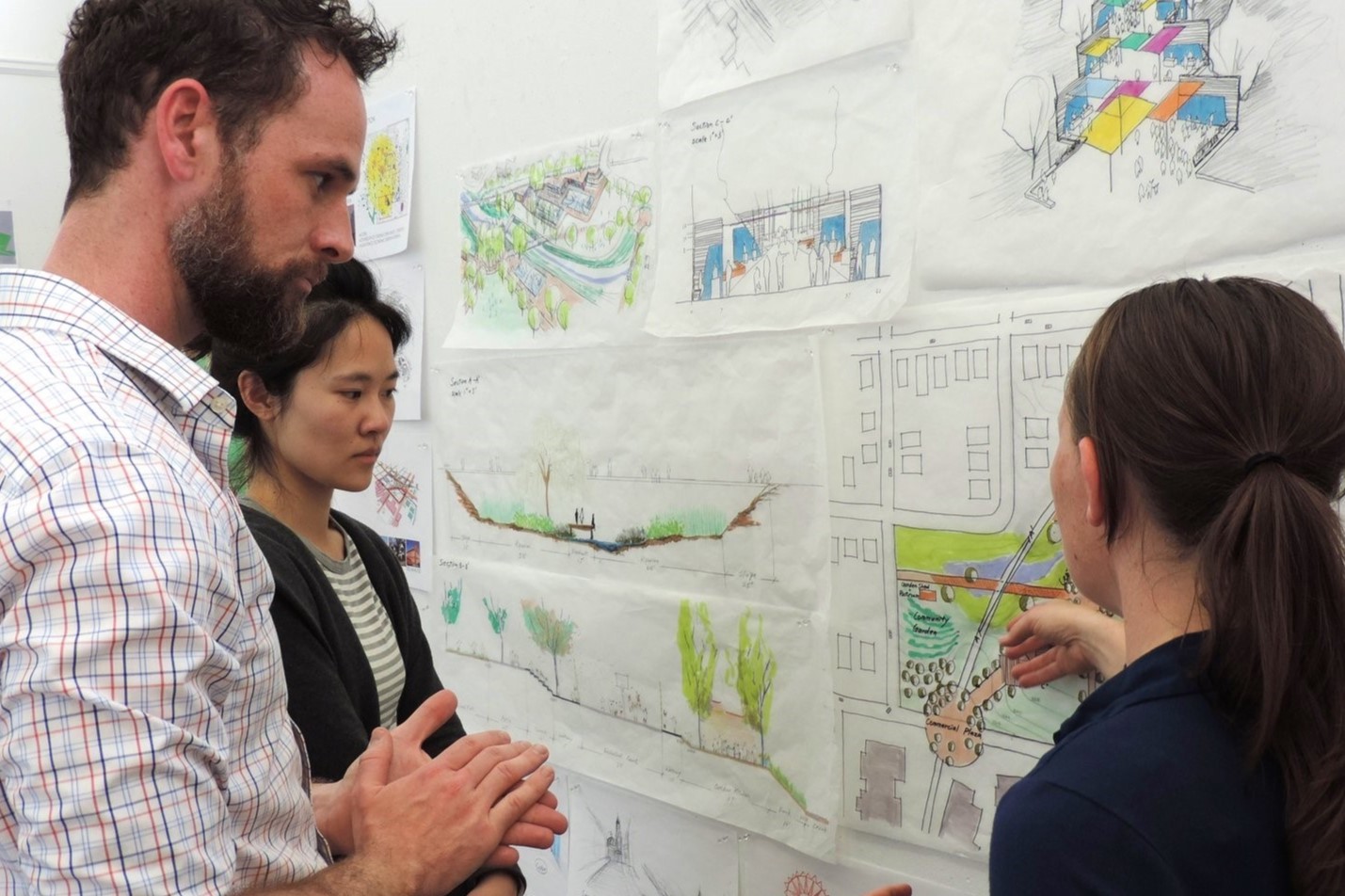
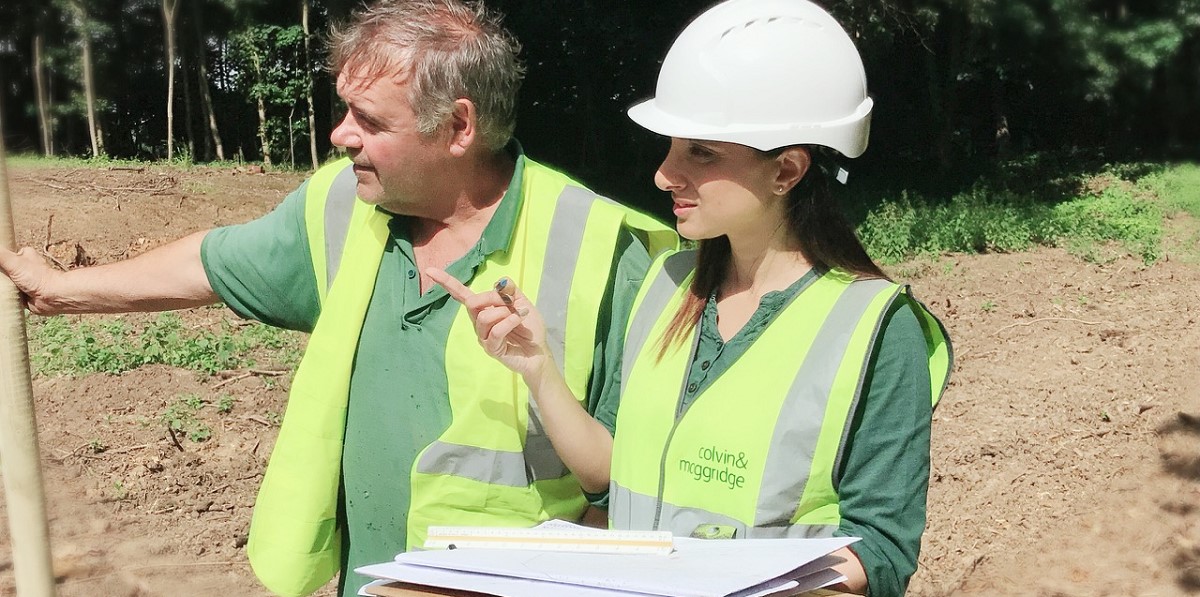
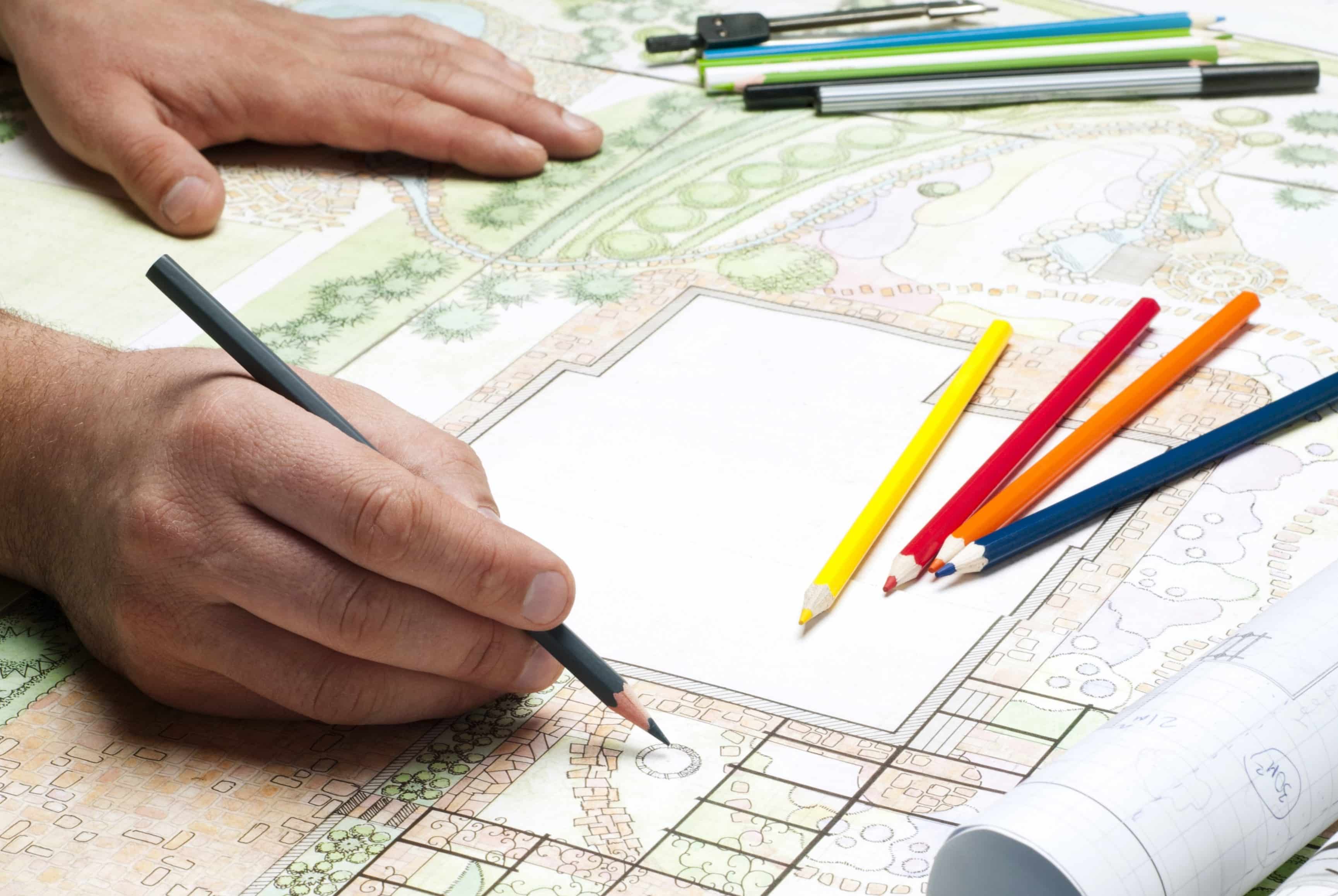
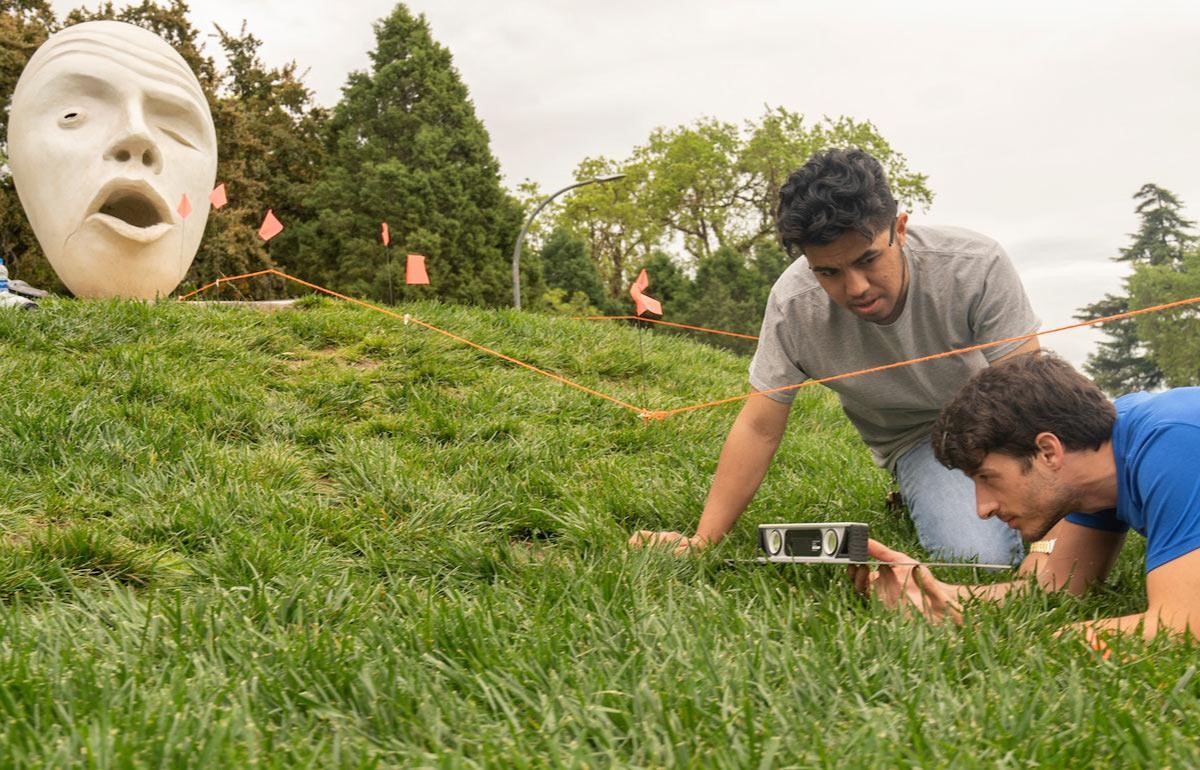
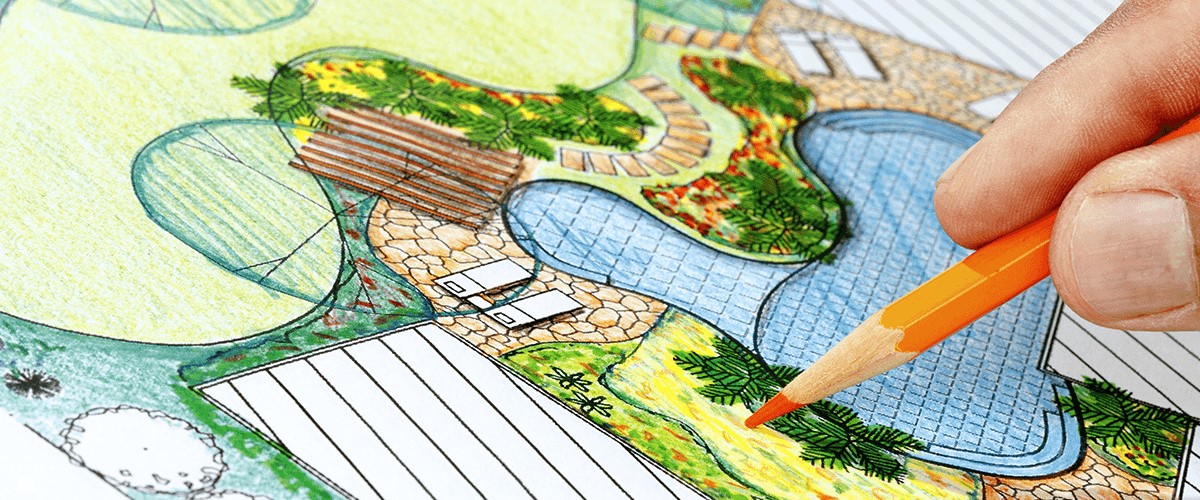
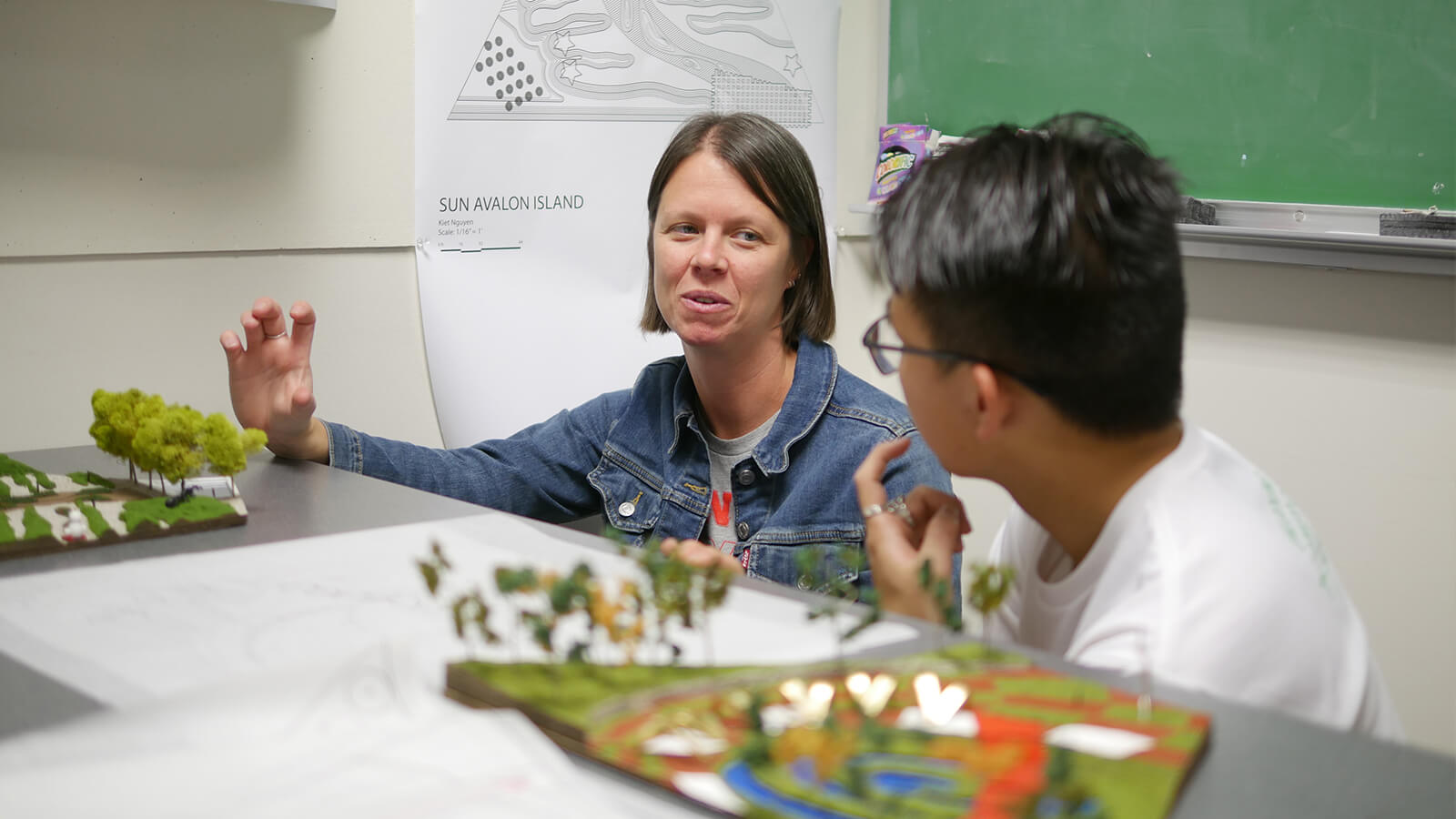
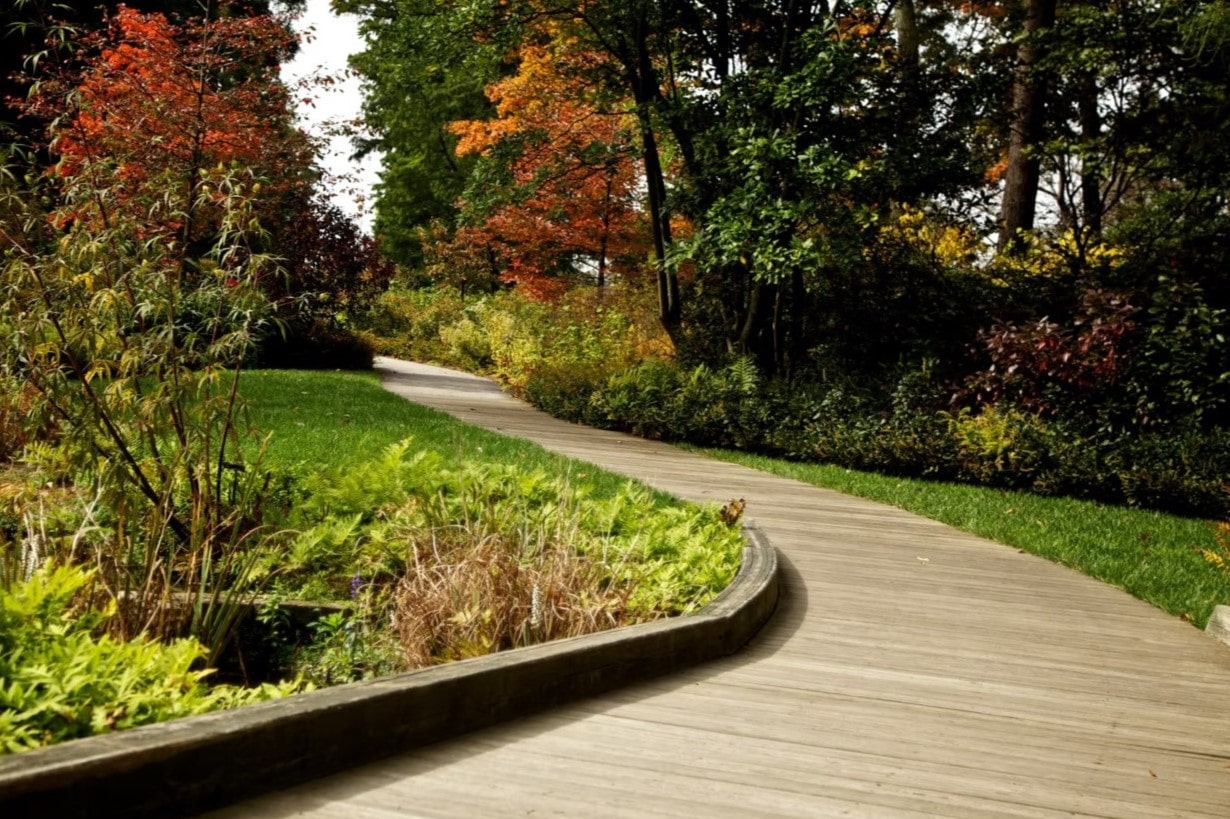

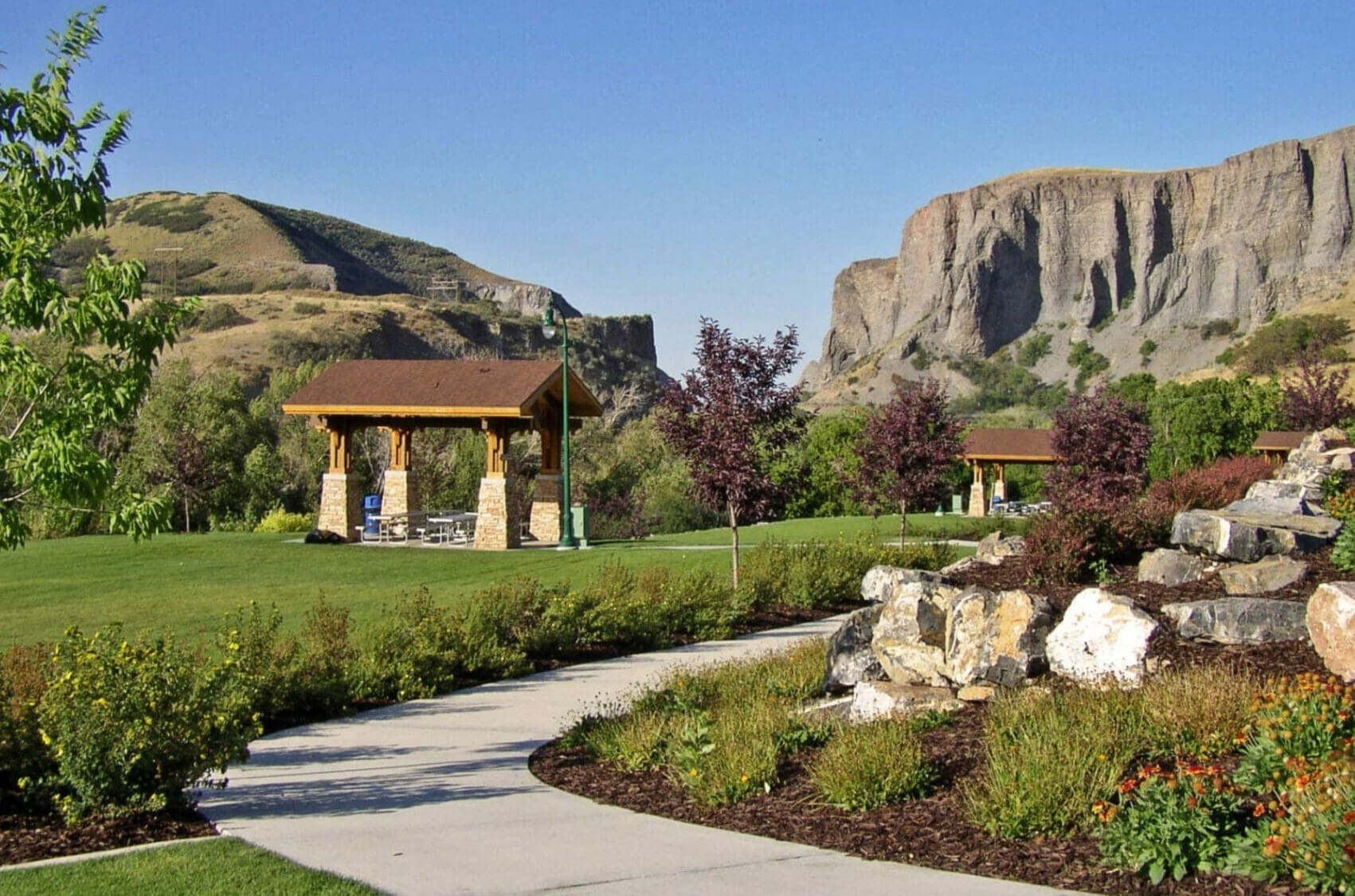


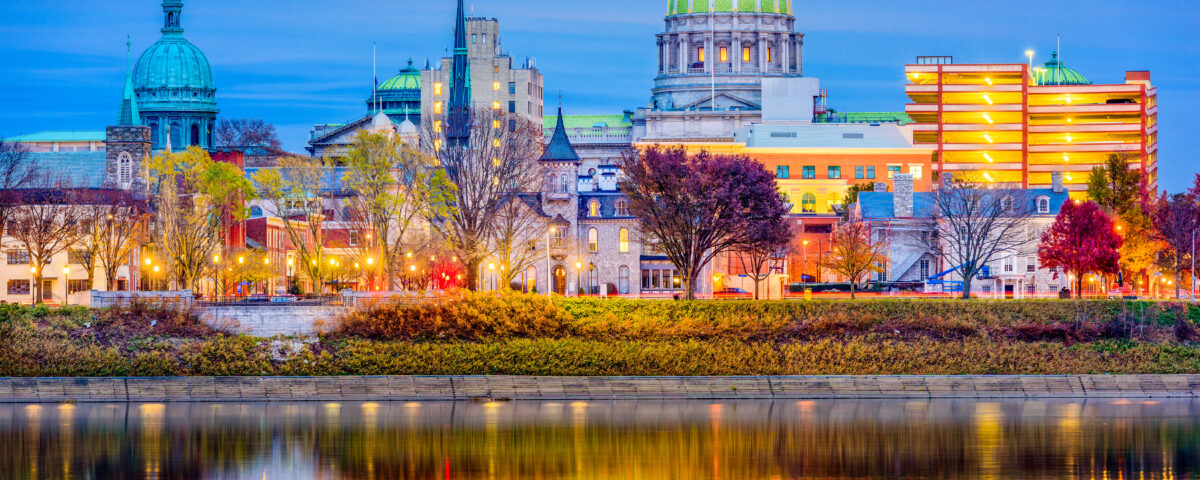


0 thoughts on “What Is A Green Landscape Architect”